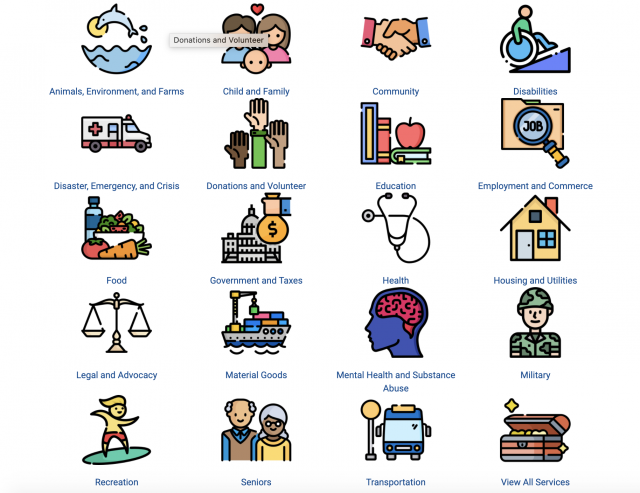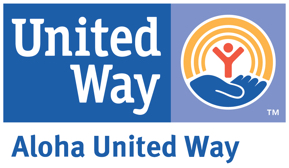
As the pandemic escalated last year, soaring call volumes crashed the system. Hawaii Data Collaborative is helping overhaul it.
On April 23, as the COVID-19 pandemic took hold in Hawaii, the number of calls seeking help to Aloha United Way’s 211 line reached an unprecedented level — as much as 10 times the normal — and crashed the system for several hours.
The phone line, which provides access to health and human services, as well as compiling anonymized data from callers that can be used to inform policy and funding decisions, depended on such an antiquated system that it couldn’t handle the volume of calls by people impacted by the pandemic.
“We’ve been around for over 30 years now,” said Lisa Kimura, the organization’s vice president of community impact. “During that time, obviously, technology has vastly improved. We were still on a very dated system.”
Now, it’s getting a much needed upgrade with the help of Hawaii Data Collaborative, which is helping overhaul the decades-old system with a brand new one that officials say will allow Aloha United Way to help people more efficiently, as well as use the data to more accurately inform bigger initiatives.
“We needed to upgrade the system to something that is flexible, that stays on top of technology,” said Adriann Gin, an engagement specialist with Hawaii Data Collaborative who is working on the project.
The upgrade, which started last summer, is in its final stages, she said. Since November, Aloha United Way’s staff has been working with the new system and has already seen improvements in efficiency and responsiveness, both Gin and Kimura say.
Eventually, officials said they hoped the upgraded system would enable Aloha United Way staffers on the 211 line to connect people directly to services like the Supplemental Nutrition Assistance Program, rather than just referring them.
Gin’s group first began looking into 211 data in 2019 — well before the pandemic — as a way to provide insight into which communities need help in what areas, she said.
“Then COVID-19 hit and the conversation just became even more urgent, if not the top priority, because there is no other data source that collects timely data here,” she said.
For example, datasets like U.S. Census surveys predate the pandemic and cannot provide real-time insight, she said. But 211 data can show what people need right now and lead to immediate action.
Screenshot-Aloha United Way
